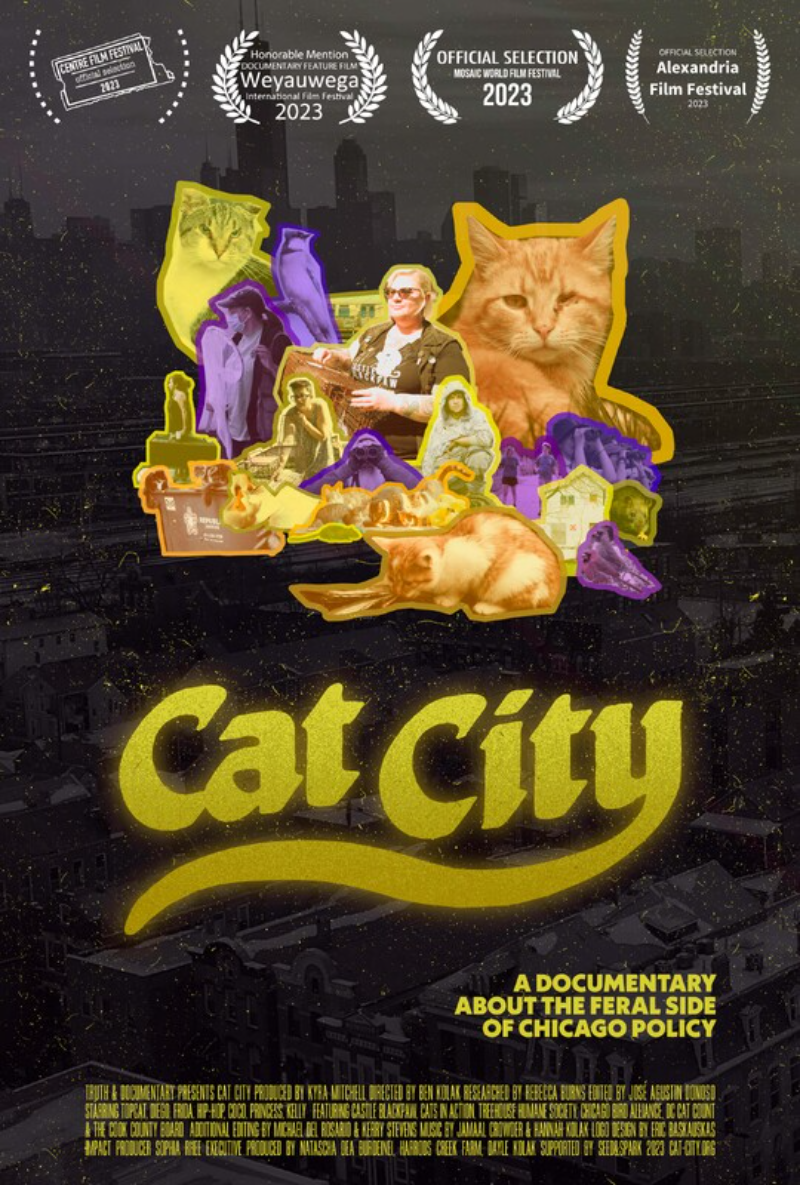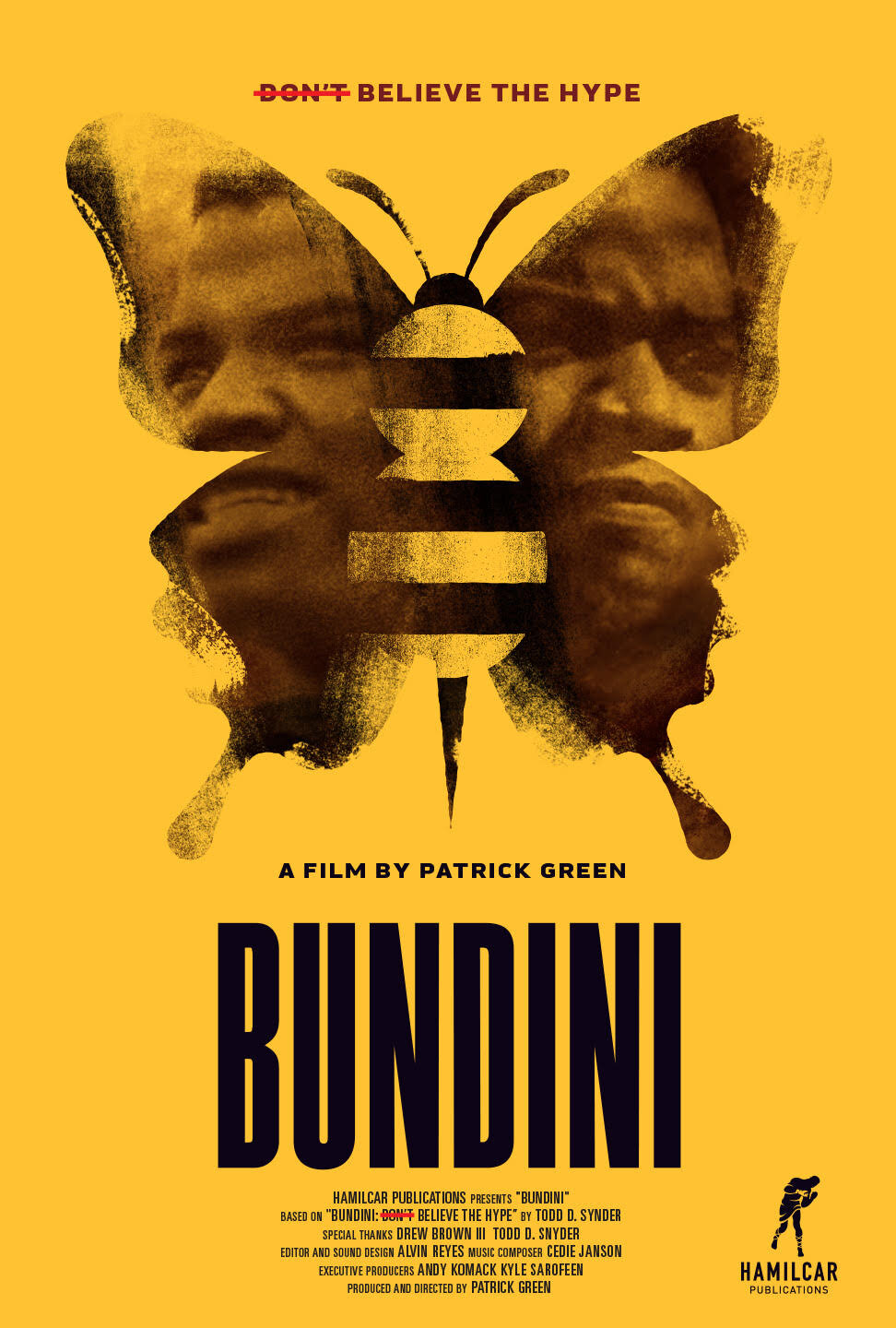What’s it like to be a street cat in Chicago?
A little bureaucratic, occasionally feisty, sometimes cold, but with kind friends, not too shabby!
Chicago is home to 200,000 feral cats. They are protected by county law and roam the city streets fighting rats, looking cute, and enjoying an active social scene in cat colonies, which are essentially communes for the small and furry complete with devoted human caretakers.
Ben Kolak’s documentary “Cat City” gives viewers an eye-opening look at Chicago’s innovative TNR (Trap-Neuter-Return) policy, which seeks to manage and support the feral cat population through sterilization and returning cats to the locations they were found, in an effort to control the population in a non-disruptive way. This policy helps Chicago towards its goal of becoming a No Kill community.
Is the policy effective and is it humane to release the cats back into the community after catching them to face the often harsh elements? Kolak’s documentary provides a comprehensive and balanced look at the issue and the arguments both for and against TNR in the Windy City.
Shot in a cinematic style, the film follows a group of dedicated volunteers as they provide essential care for the cats, including food, makeshift shelters, and veterinary attention. These passionate and diverse individuals selflessly volunteer their time and energy to ensure the success of the ordinance; without them, the outcome for the cats would be much bleaker.
“Cat City” not only recognizes the efforts of the compassionate volunteers but also does a beautiful job helping viewers see the feral cats as a group of unique creatures that hold great meaning to those who care for them.
As renowned conservationist Jane Goodall once said, “You cannot share your life with a dog… or a cat, and not know perfectly well that animals have personalities and minds and feelings.”
The film also includes arguments as to why some people oppose the TNR policy. One of these reasons is its effect on the bird population. It’s interesting to hear the different perspectives on this as birds are perhaps often more overlooked than cats. However, there are multiple segments devoted to birds and it almost feels like the film trails off for around 10 minutes and briefly becomes “Bird City.” The film quickly regains its focus, but some viewers may be on the fence about whether four separate birding scenes are really necessary to make the point that sometimes cats eat birds.
The end of the film includes a fascinating look at how animal scientists are conducting research and cat counts so that data can be used to help inform policy and create better ways to manage the feral cat population.
Animals help give people purpose. They let people channel their love and desire to nurture.
“Cat City” beautifully demonstrates that every city has the potential to enhance the lives of feral cats by implementing long-term solutions that benefit our feline friends and communities, and that ultimately, one does not have to be domesticated to be loved.
See “Cat City” streaming online at the Melbourne Documentary Film Festival through July 31st. For more information, visit: mdff.org.au.




